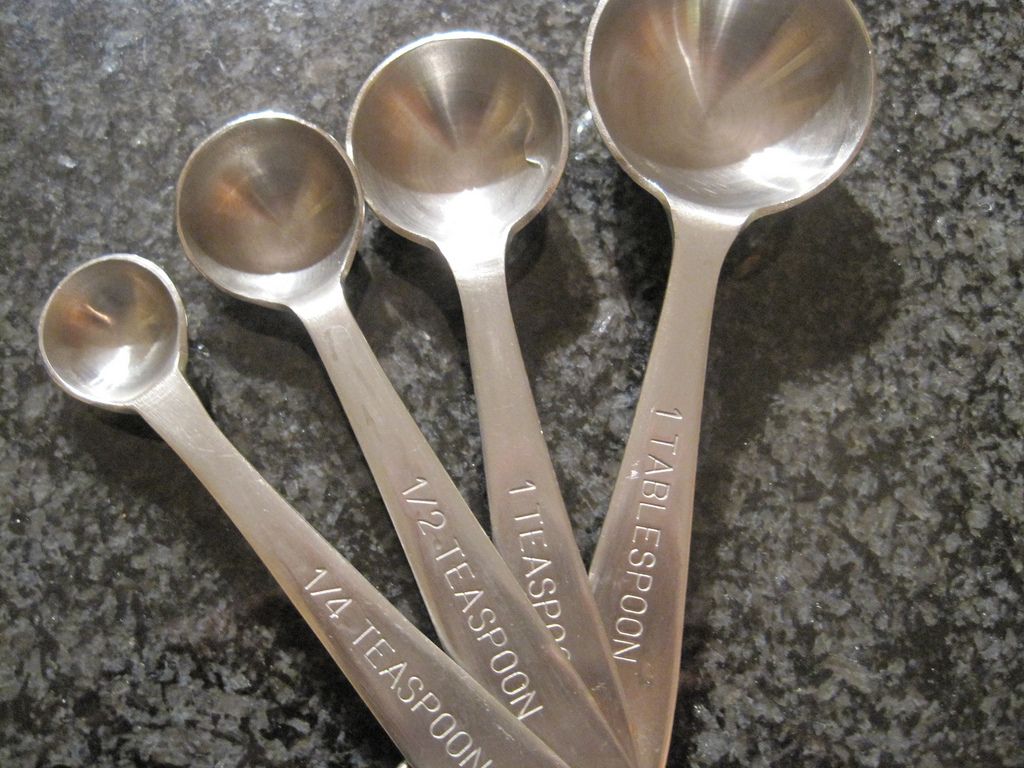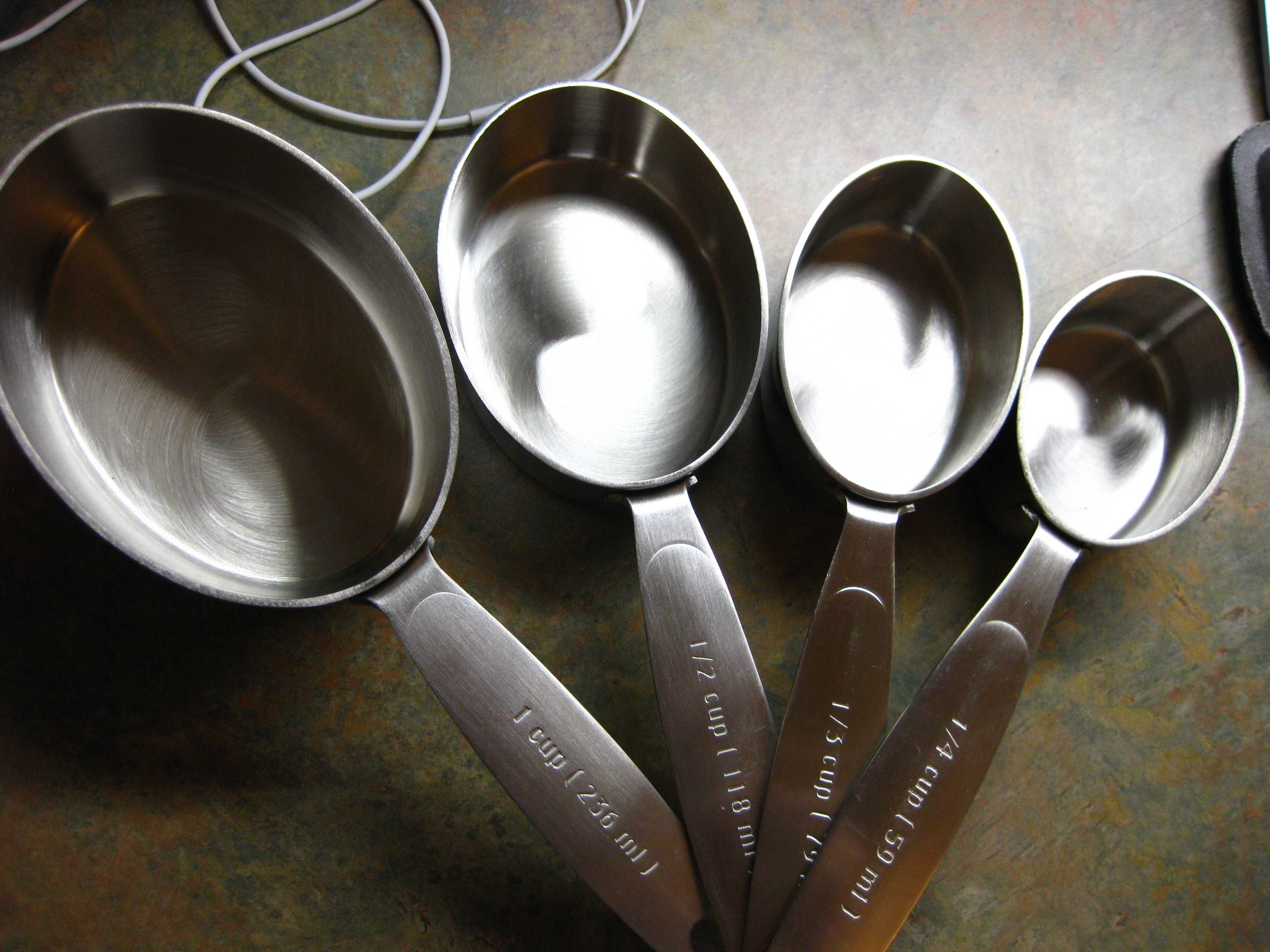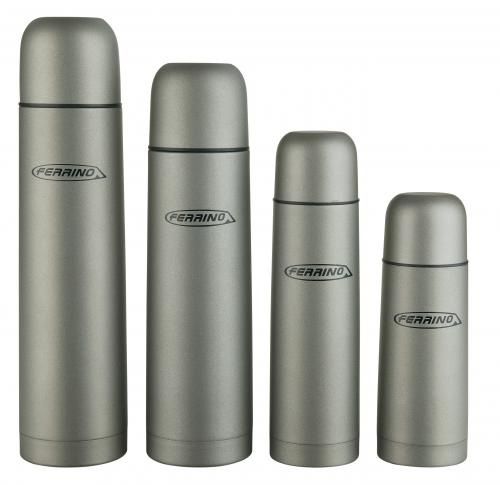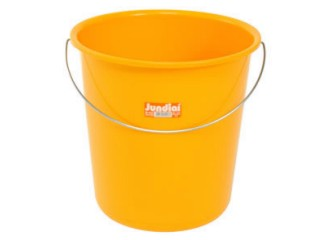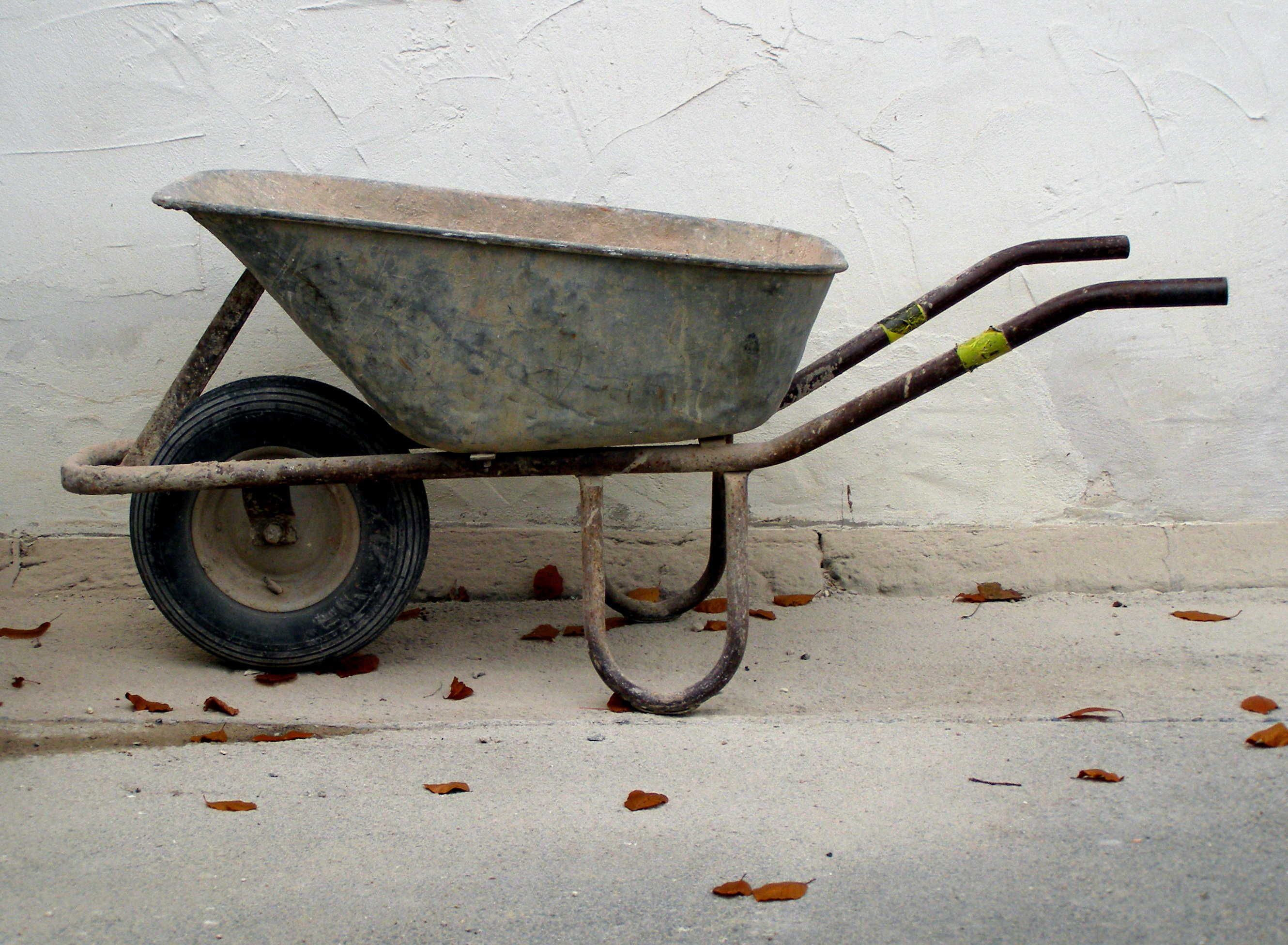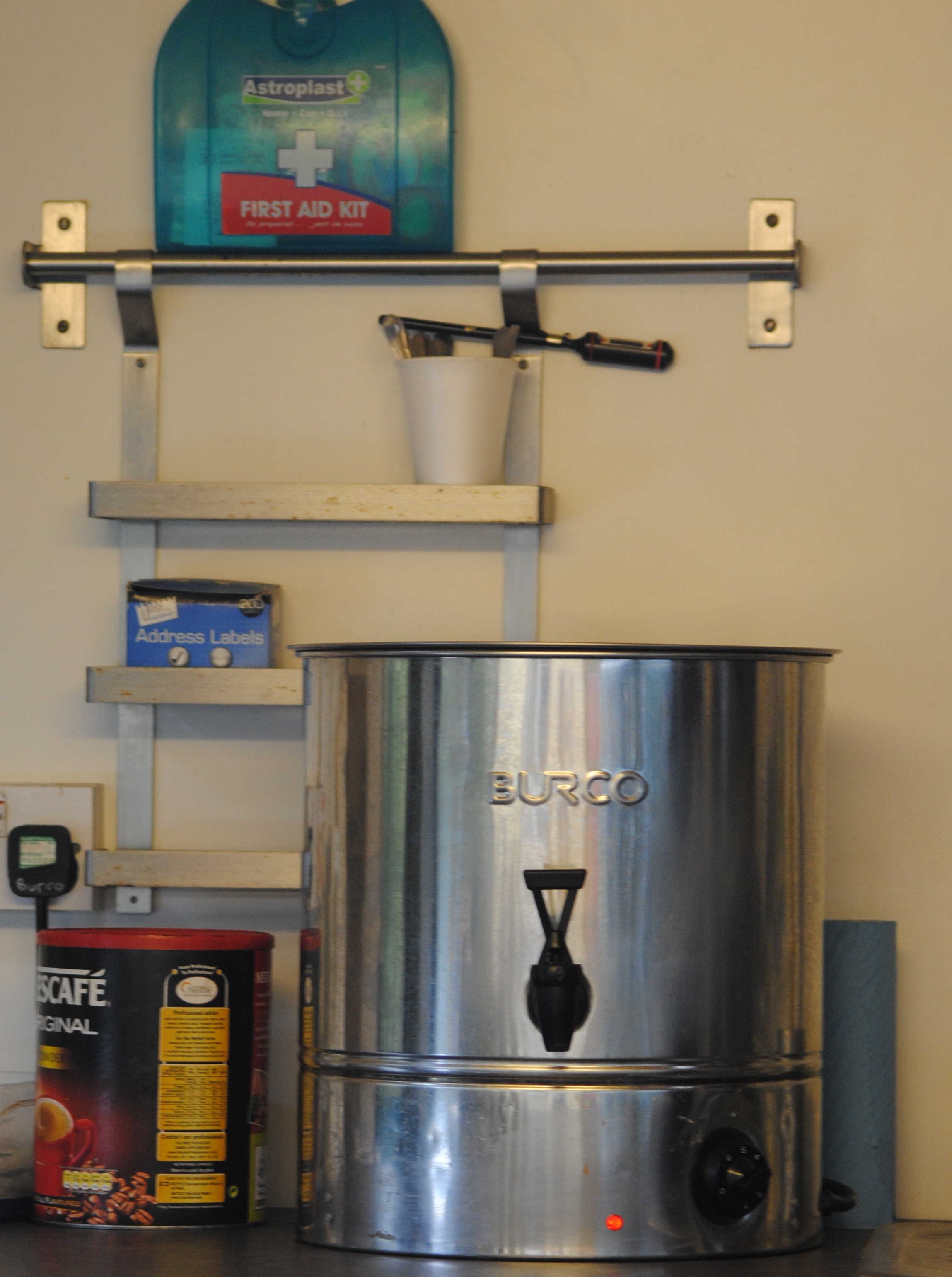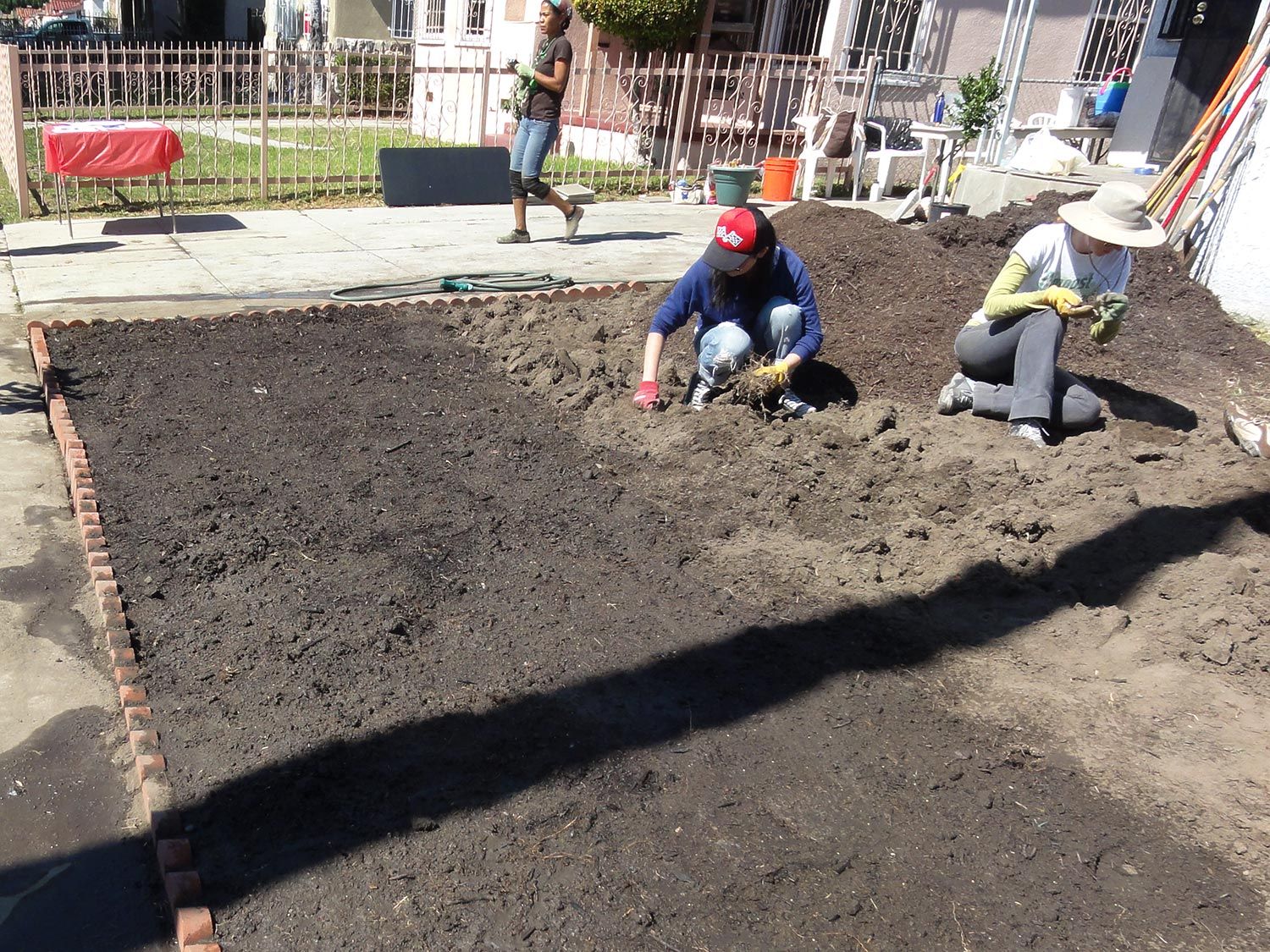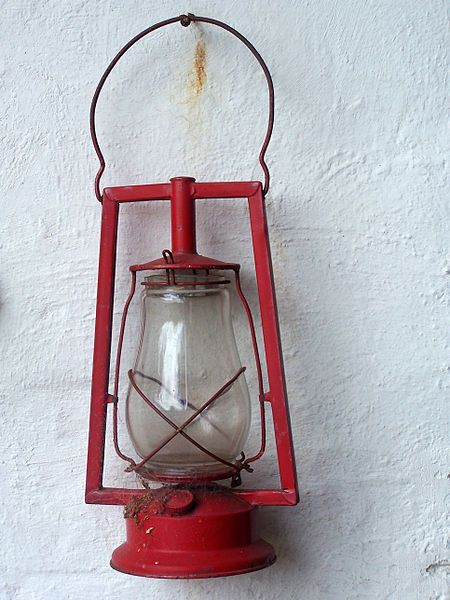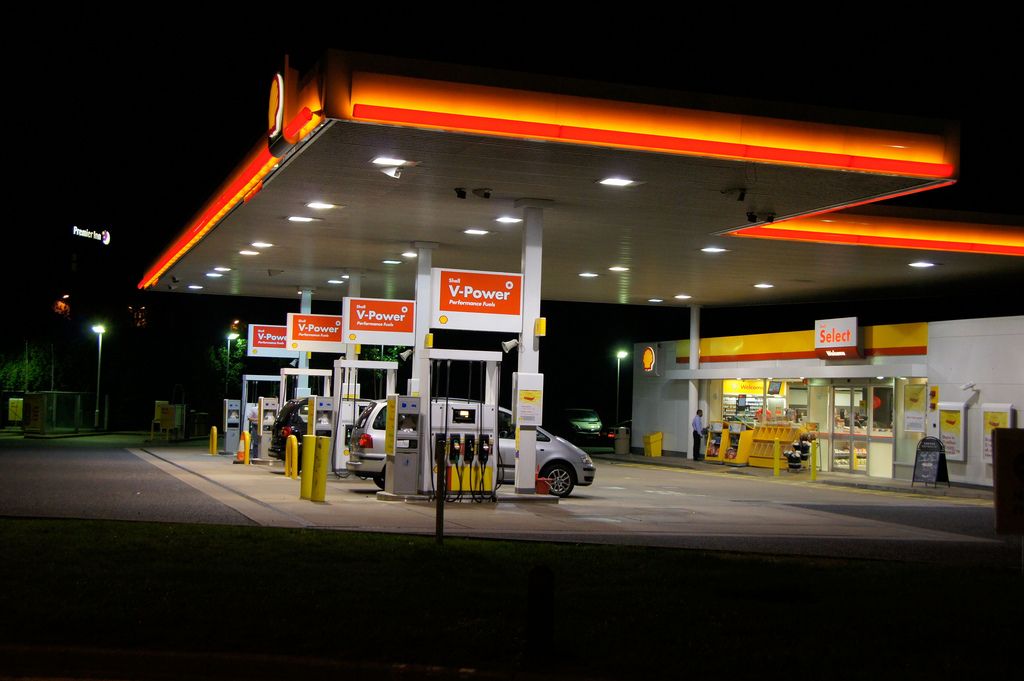Thabiso will be selling his lemonade in \(\text{250}\) \(\text{ml}\) plastic cups. Calculate the number of cups of lemonade he will be able to sell.

\(\text{5}\) litres = \(\text{5 000}\) \(\text{ml}\). \(\text{5 000}\) \(\text{ml}\) \(\div\) \(\text{250}\) \(\text{ml}\) = \(\text{20}\) cups.
If he sells the lemonade at \(\text{R}\,\text{5}\) per cup, how much money will he make from the lemonade? (Assume that he sold all of his lemonade).
\(\text{20}\) cups \(\times\) \(\text{R}\,\text{5}\) = \(\text{R}\,\text{100}\)
If it cost Thabiso \(\text{R}\,\text{120}\) to make the lemonade, how many cups would he need to sell (at \(\text{R}\,\text{5}\) each) before he's made back the money he spent?
\(\text{R}\,\text{120}\) \(\div\) \(\text{R}\,\text{5}\) = \(\text{24}\). He would need to sell \(\text{24}\) cups just to recoup his costs.

